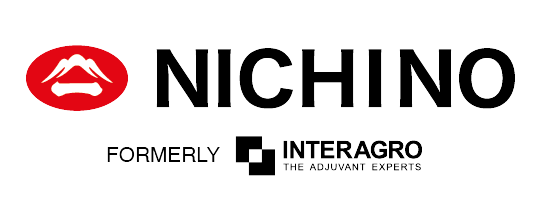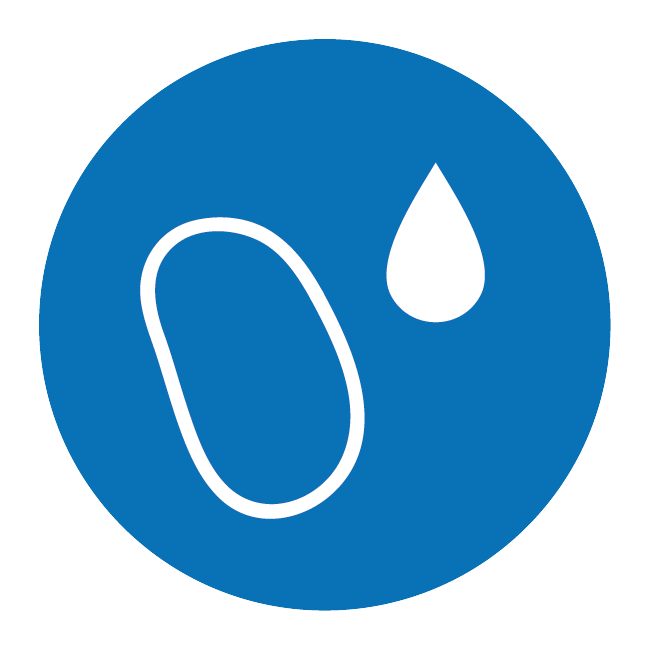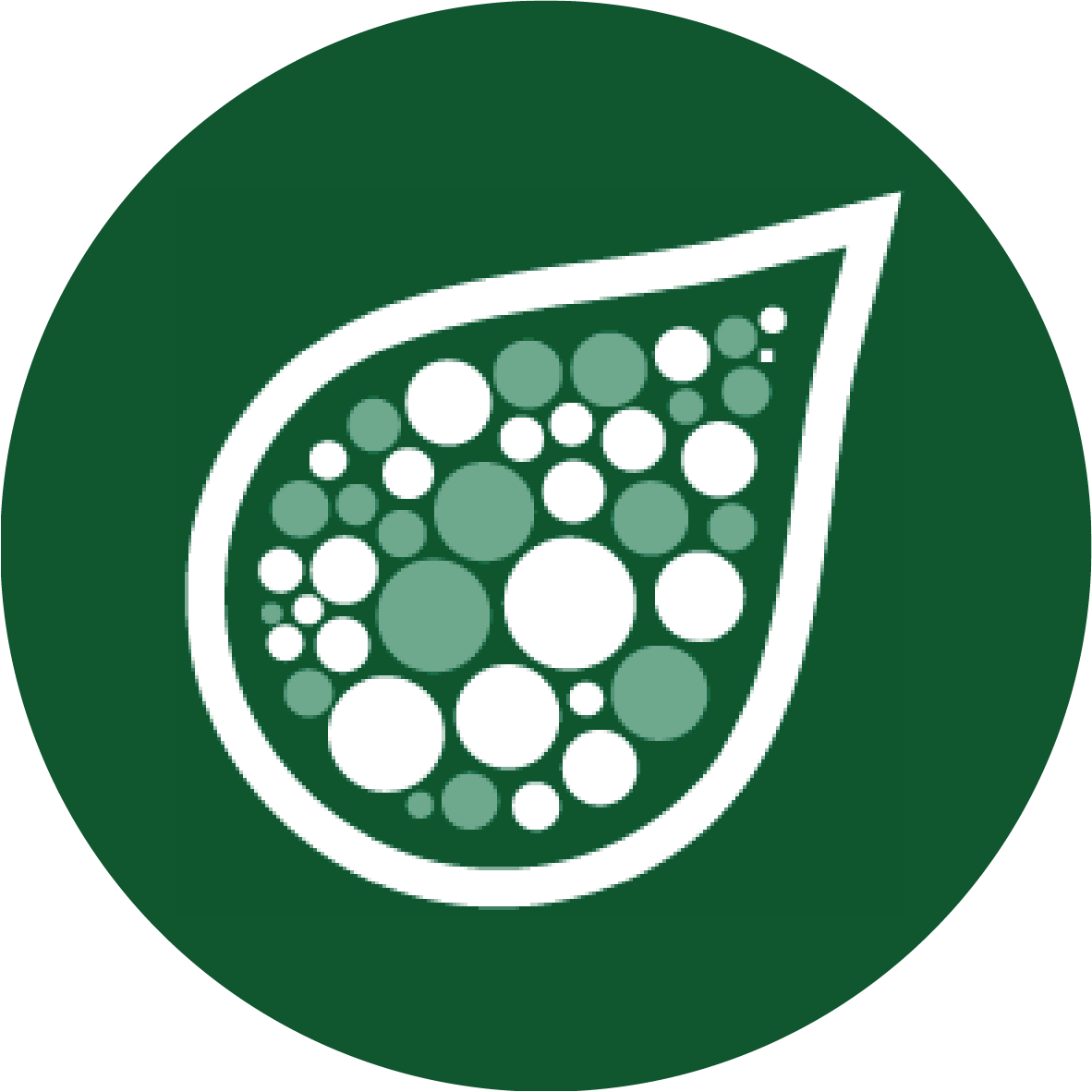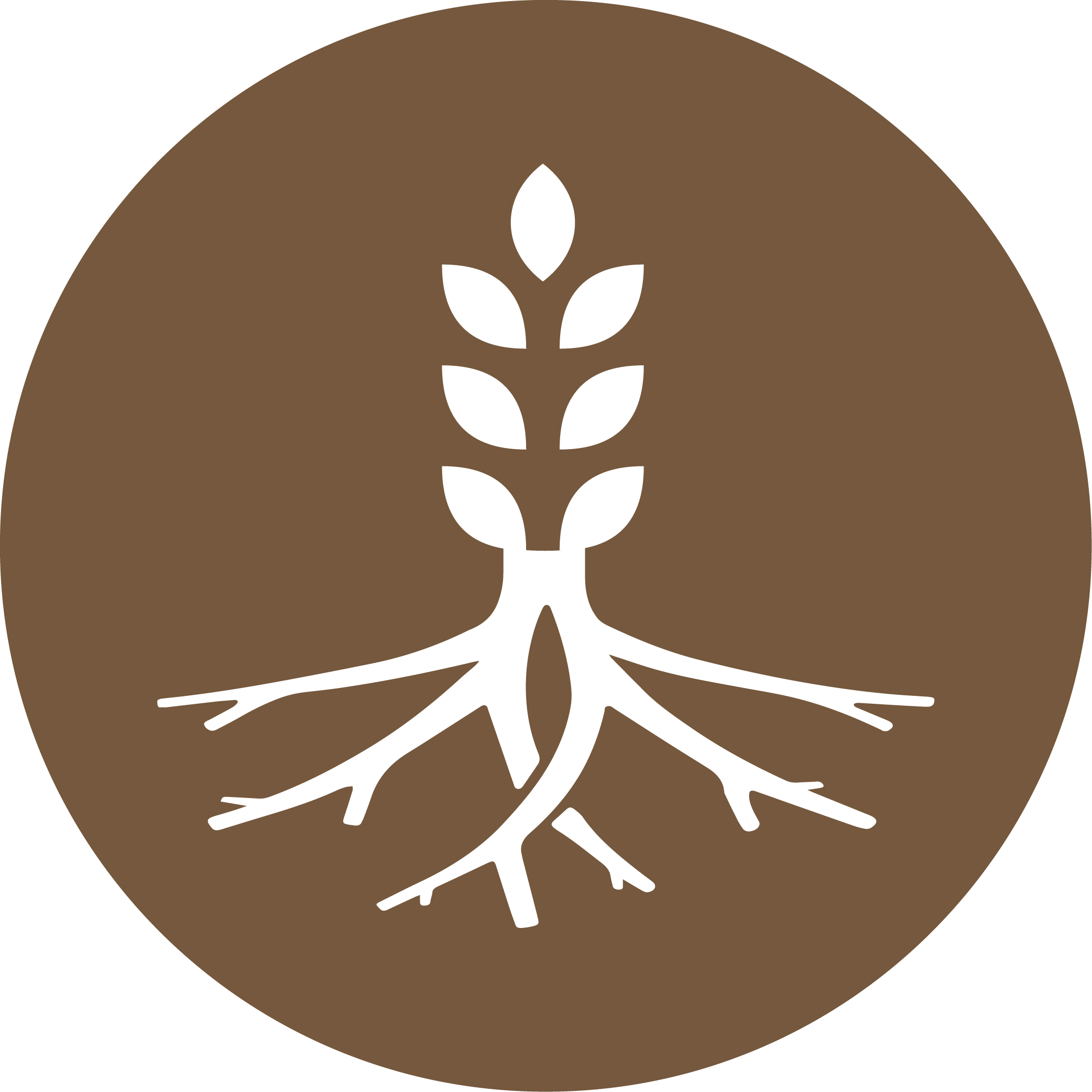Poor penetration lowers pesticide uptake in the leaf
The leaf cuticle is the biggest barrier to crop protection sprays. As poor penetration lowers pesticide uptake in the leaf, performance can be significantly impacted. Active ingredients with high water solubility need an adjuvant to maximise leaf cuticle penetration.
Delivering crop protection active ingredients inside target leaf tissue is crucial for effective curative fungicide, systemic herbicide and PGR performance. But the cuticle on the upper and lower surface of leaves, is the biggest barrier to crop protection active ingredients. You should try to improve the uptake of your crop protection active ingredients to make them more effective.
Potential impact of low pesticide uptake:
- Poor weed control
- Slow curative fungicide activity
- Poor regulation of crop growth & increased lodging risk
Poor penetration in the cuticle lowers pesticide uptake in the leaf
The waxy sheet of cuticle covers the whole surface of the plant to protect it from water loss and chemical /microbial entry. The problem for pesticide applications is that it also makes for a good barrier to the active ingredients that need entry – poor penetration lowers pesticide uptake in the leaf.
The cuticle permeability for pesticide molecules varies greatly with plant species and growth stage:
- Weeds which are particularly waxy such as fat-hen, are more hardened to herbicide so uptake can be slow
- Cuticles will toughen with age
- Hairy leaves reduce contact with the leaf surface, reducing penetration even further


Cold temperatures make pesticide penetration even harder
Conditions at application can also influence flow rate of your pesticide active ingredient in to the leaf:
- Cold temperatures tend to harden waxy cuticles
- Warmer temperatures can make the cuticle easier to penetrate
Actives with high water solubility struggle to penetrate leaf cuticles
The ability of a pesticide active ingredient to enter the cuticle is determined by its chemical properties:
- Molecular size
- Lipophilicity i.e. its ability to dissolve in oil
Lipophilicity is the single most important factor determining foliar uptake because of the waxy (oily) nature of the cuticle.


Many post-emergence herbicides struggle due to high water solubility
Many post-emergence herbicides and PGRs have high water solubility (more hydrophilic than lipophilic) and therefore struggle to penetrate waxy leaf cuticles.
They enter the cuticle by diffusion, but the rate of entry is low due to their low solubility in the cuticle. This will result in total less active ingredient being absorbed. This can lead to slow and poor weed control.
Herbicides with high water solubility need a suitable adjuvant to help penetrate the cuticle if they are to work effectively.
Active ingredients with moderate solubility can be slow to enter
Herbicides with moderate water solubility can be slow to enter the cuticle when weeds are particularly waxy or toughened due to age / cold weather. In these conditions, they will need an adjuvant to optimise their penetration ability also.


Actives with low water solubility can benefit from an adjuvant
Fungicides and some herbicides have low water solubility (high lipophilicity) and can penetrate leaf cuticles pretty easily. They penetrate leaf cuticles by simple diffusion through the waxy lipophilic components, which make up the most part of the cuticle. Your application can benefit from adding a suitable adjuvant when:
- Weeds are large (waxy cuticle thickens with age)
- It is cold (so waxy cuticle is tough)
- You need faster uptake (e.g. curative fungicide application delayed)
Pairing the right adjuvant with your pesticide is key
Matching the right adjuvant to your pesticide’s water solubility is crucial. Adjuvants are synthesised to achieve specific solubility characteristics, often referred to as the hydrophilic – lipophilic balance (HLB). The capacity of an adjuvant to modify pesticide penetration is particularly attributable to the HLB. HLB numbers range from 0-40 with most of them between 1 & 20.
- Higher HLBs prefer water – hydrophilic adjuvants (e.g. Sorrento) with a high HLB are most effective at enhancing penetration of active ingredients with high water solubility
- Low HLBs are very oil soluble – lipophilic adjuvants (e.g.Toil, Kantor) with a low HLB are most effective for enhancing uptake of active ingredients with low water solubility.

How do adjuvants increase pesticide penetration?
The mechanisms whereby adjuvants enhance the diffusion of active ingredients across the leaf cuticle are complex. Both high- and low-HLB adjuvants are absorbed into the cuticle, but different mechanisms are involved in enhancing diffusion of hydrophilic and lipophilic active ingredients across the cuticle.
- High-HLB adjuvants e.g. Sorrento, enhance the water-holding capacity of the cuticle allowing more water soluble pesticides to enter
- Low-HLB adjuvants e.g. Toil, increase the fluidity of waxes allowing pesticides with low water solubility to flow faster
How do I know if my pesticide needs an adjuvant?
Looking at water solubility is a good indicator of adjuvant penetration requirements. The higher the water solubility of your active ingredient, the harder it is to penetrate the cuticle.
The Pesticide Properties Database on the University of Hertfordshire’s website is a good reference to check water solubility for active ingredients. Follow this link and select the active ingredient type in the left hand menu (fungicide, herbicide, insecticide, other). Then select the active ingredient from the list. Then scroll to “environmental fate” and “Solubility in water at 20oC (mgl-1)”.


We have a range of adjuvants to optimise penetration
As the UK’s leading specialists in adjuvant technology, we have a wide range of solutions to optimise the penetration power and performance of the various crop protection active ingredients you will be applying to your crops:
Sorrento – The new performance partner for post-emergence herbicides. It is a hydrophilic adjuvant, specifically designed to increase the power of herbicides with high water solubility.
Kantor – The unrivalled 1-can adjuvant solution for compatibility, reliability and versatility. Whilst Kantor is more lipophilic in nature and therefore perfect to optimise fungicide penetration, it’s unique molecular size means it can increase the penetration of hydrophilic active ingredients as well.
Toil – The trusted MSO adjuvant for use with graminicides. Toil is a lipophilic adjuvant and suited to herbicides with low water solubility.
Learn more about tank-mix adjuvants & how they help optimise performance

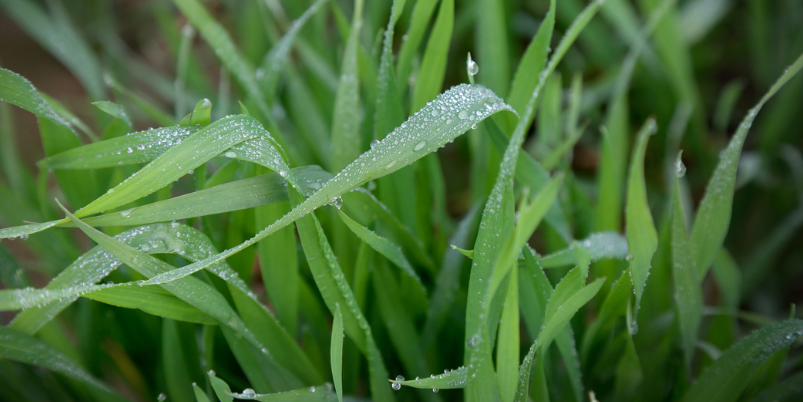
They’re not all muck and mystery! Master tank mix adjuvants and you’ll be able to select the right ones so you can push your pesticide performance to the max.
Learn more